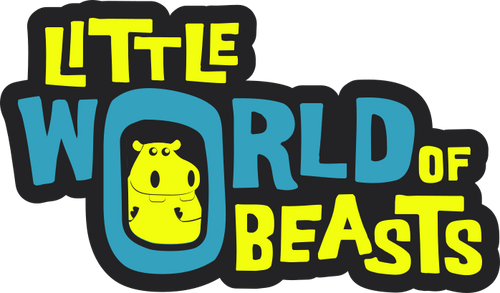Ready to learn about wombats?
Wombats are marsupials and are native to Australia.
Wombats are the largest burrowing herbivore and the 2nd largest marsupials.
There are 3 species of wombats, the Bare-Nosed (or common wombat) and the Hairy-Nosed, the Southern and the Northern.
The Northern Hairy-Nosed wombat is one of the rarest mammals in the world, there are only about 90 living in a national park in Australia.
Bare-Nosed wombats have hairless noses, small round ears, course short fur and a rounded head. Hairy-Nosed wombats have softer fur and larger ears.
Bare-Nosed wombats have hairless noses, small round ears, course short fur and a rounded head. Hairy-Nosed wombats have softer fur and larger ears.
Wombats are excellent diggers. They have wide feet with large claws. They can move up to 3 ft of dirt in an evening.
Wombats are nocturnal, they spend most of the day in their borrows.
Bare-nosed wombats are solitary, but other wombats may live close by, their borrows sometimes even interconnect. Hairy-nosed wombats are less solitary and often live with other wombats.
Wombats stay in their burrows during the day to stay cool in the summer and to conserve water. In the winter, remaining in their burrows helps them stay warm.
Wombats have poor eyesight but a great sense of smell.
Wombats stay in their burrows during the day to stay cool in the summer and to conserve water. In the winter, remaining in their burrows helps them stay warm.
Wombats have poor eyesight but a great sense of smell.
Poop is very important to wombats. They use it to mark territory and it helps them recognize where they are.
Wombat poop is cubic. Squarish poo helps the wombat mark territory, because it is much less likely to roll away.
Wombats have the really dry poop. This is because it takes them such a long time to digest food, about 2 weeks.
Wombat poop is cubic. Squarish poo helps the wombat mark territory, because it is much less likely to roll away.
Wombats have the really dry poop. This is because it takes them such a long time to digest food, about 2 weeks.
Wombats have pouches like other marsupials, but their pouch faces backward so when they dig they don't throw dirt into their pouches and at their babies.
Baby wombats are about the size of a jellybean when they are born. They don't even try to leave the mother's pouch until about 6 months old.
Wombat teeth never stop growing.
Wombats eat roots, grasses, tubers and bark. They get most of their water from the food they eat.









